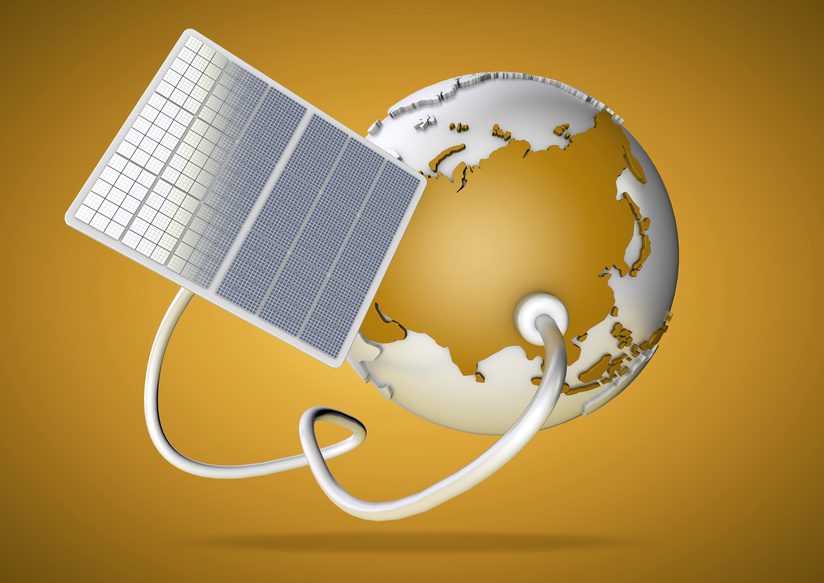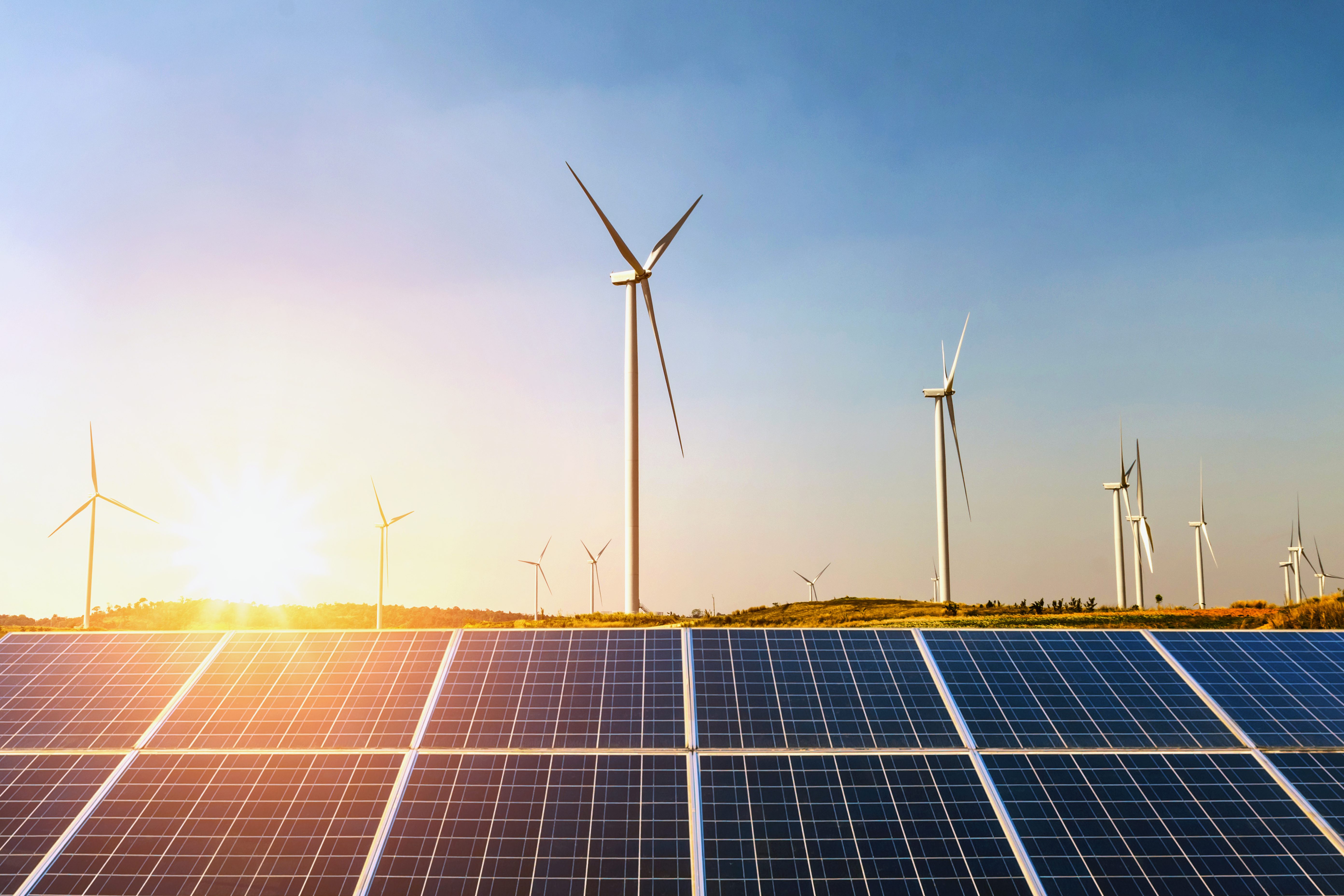404views
South African ailing energy sector seems to have found a new lease of life in clean energy. In 2012, South Africa witnessed investment of $5.5 billion in new renewable energy projects, leaving behind some well-known usual suspects such as Brazil, France, and Spain. With the local government looking at renewable energy as a long-term answer to the country’s energy problems, we evaluate the scope for private sector involvement in developing South Africa’s energy infrastructure.
In March 2013, Eskom, the national electricity provider in South Africa, warned about the possibility of power outages during the coming winter season. As soon as the news spread, millions of South Africans were left reflecting on the energy crisis of 2008, which brought the mining and industry sectors, and thereby, the economy, to a halt.
Increasing winter demand and planned electricity network maintenance are putting pressure on the power system. In May this year, long before the peak winter season, South African power system capacity exceeded demand by just 0.17% (let’s just point out that the recommended reserve margin for a power system is 10-15%). With consumption expected to increase further during winter (June and July), Eskom will be forced to look at extreme measures to prevent scenarios similar to those of 2008. Some of such measures include power buy-backs from large consumers, and triggering of ‘interruption clauses’ included in contracts, through which Eskom can cut supply to consumers in case of tight supply situations, in return for discounts.
While these measures could help deal with the short-term spike in demand this year, the South African government is looking for alternatives to achieve long term sustainability of the country’s energy sector. Investment in clean energy (particularly renewable technologies such as wind and solar) is one of the possible solutions contributing to solving the country’s energy supply problem. While achieving energy sustainability, clean energy investments will also help South Africa adhere to its commitment to achieve a 42% cut in carbon emissions between 2011 and 2025, by reducing dependence on coal for power generation. Furthermore, renewable energy projects can come online on a shorter horizon compared with coal and nuclear power plants.
Let’s focus on clean energy
According to a 2013 report published by Bloomberg New Energy Finance, South Africa stood 9th in the world with US$5.5 billion worth of new clean energy investments in 2012 (a whopping 20,563% growth over 2011). Majority of this investment (US$4.3 billion) has gone into developing solar photovoltaic (PV) technology based power plants, with the remaining being spread across wind, concentrated solar plants, landfill, biomass and biogas, and hydro-projects.
The onset of clean energy investment projects in South Africa is correlated with the introduction of the Integrated Resource Plan (IRP) in 2010, as well as Department of Energy’s Renewable Energy Independent Power Producers Procurement (REIPPP) program in 2011. As a part of the 2010 IRP, South African government outlined its plans to increase electricity generation capacity by additional 18,500 MW by 2030. About 42% of this additional capacity is envisaged to be generated through renewable energy technologies.
Introduction of REIPPP program in 2011 facilitated private sector’s involvement in electricity generation. Through this program, the government plans to procure 3,725 MW of renewable energy from independent power producers by 2016. A significant focus has been laid on procuring power generated through onshore wind and solar PV technologies. The REIPPP program sets up a bidding system through which independent power producers can bid for power generation allocations. Electricity thus generated is purchased by Eskom on a 20-year Power Purchase Agreements (PPAs). The tariff for purchasing electricity is decided through a bidding process. Some independent producers cashed on the first mover advantage, and received tariffs as high as R2.6/KWh ($0.26/KWh) during the first phase of bidding in 2011 (more than Eskom’s electricity price). With increasing competition, these tariffs have fallen in the successive bidding rounds to as low as R0.89/KWh ($0.09/KWh).
Private sector holds the key
One possible mode of involvement is continued private sector participation in the REIPPP program, selling the generated electricity to Eskom at rates agreed in the PPAs. However, several independent power producers (IPPs) have raised concern about the attractiveness of such a system, where only a single buyer (Eskom) is present in the market.
IPPs feel that lack of certainty about feed-in-tariff structures and a single buyer model are likely to deter large scale investments from the private sector. In 2012, the South African Independent Power Producers Association put forward a proposal to set up an independent grid to challenge Eskom’s dominance of the transmission (grid) network.
In March 2013, the South African government passed the Independent System and Market Operator (ISMO) Bill, which will create an independent entity by 2014, to manage procurement of energy from Eskom’s power generation business and independent power producers. Establishing an independently operated power grid would encourage competition in the power generation sector while keeping a lid on prices.
Another possible form of investments could be in the shape of independent (off-grid) solar/wind power projects by large enterprises (particularly in mining sector) to meet part of their internal demand. Industries could reap several benefits from these independent projects. Benefits of a solar power project could include:
-
Several large energy consumers are required to operate diesel generators to meet the surplus demand from their operations. Even though the current cost of producing solar energy is higher than what is procured from Eskom, the cost is lower than that of electricity produced through diesel generators. In the short-term, solar energy projects could replace generators, as an additional input source of energy
-
The national energy regulator (NERSA) recently approved an annual 8% hike in electricity tariffs charged by Eskom till 2018. With price of solar PV panels expected to decline further, the cost of solar energy production could even be lower than Eskom’s prices 5-6 years down the line
-
Furthermore, solar power plants have an effective life of 25-30 years, greater than the typical 20 year PPAs offered by Eskom. Independent projects enable more efficient utilization of electricity generation capacity over a longer horizon, compared with the REIPPP program
Foreign investors also to step in
With the removal of subsidies on renewable power in several European countries, South Africa becomes an ideal investment location for both foreign renewable energy developers and infrastructure financing organizations.
Participation of foreign firms in the REIPPP program has increased in subsequent bidding phases. Working as a part of a consortia, several foreign developers, such as Abengoa (Spain), Gestamp Wind (Spain), SolarReserve (USA), and Chint Solar (China), have already won bids for setting up power projects, working in partnership with local developers and BBBEE partners.
International financial institutions, such as European Investment Bank and IFC (member of the World Bank Group) have also invested in several renewable energy projects being undertaken by international developers in South Africa. In 2012, European Investment Bank agreed to provide €50million ($64.9 million) for the Khi Solar One Project being undertaken by Abengoa.
So is the energy sector out of the woods?
With a power crunch looming, the mining and industry sector companies are left searching for options to keep their operations running, or risk large-scale shut-downs during the winter season. With the declining cost of setting up and generating renewable power, investment in renewable energy projects could be a sensible option to achieve sustainability of power supply, over both short and long-term.
Setting up of an independent transmission company will go a long way in reducing Eskom’s dominance over the electricity networks, urging more private sector participation in the REIPPP program. But, is this enough? Will there be further deregulation/liberalization of the renewable power generation sector to additionally boost competition in the market? The fate of private sector investments hinges on government’s willingness to risk its control over probably the most important utility system.








